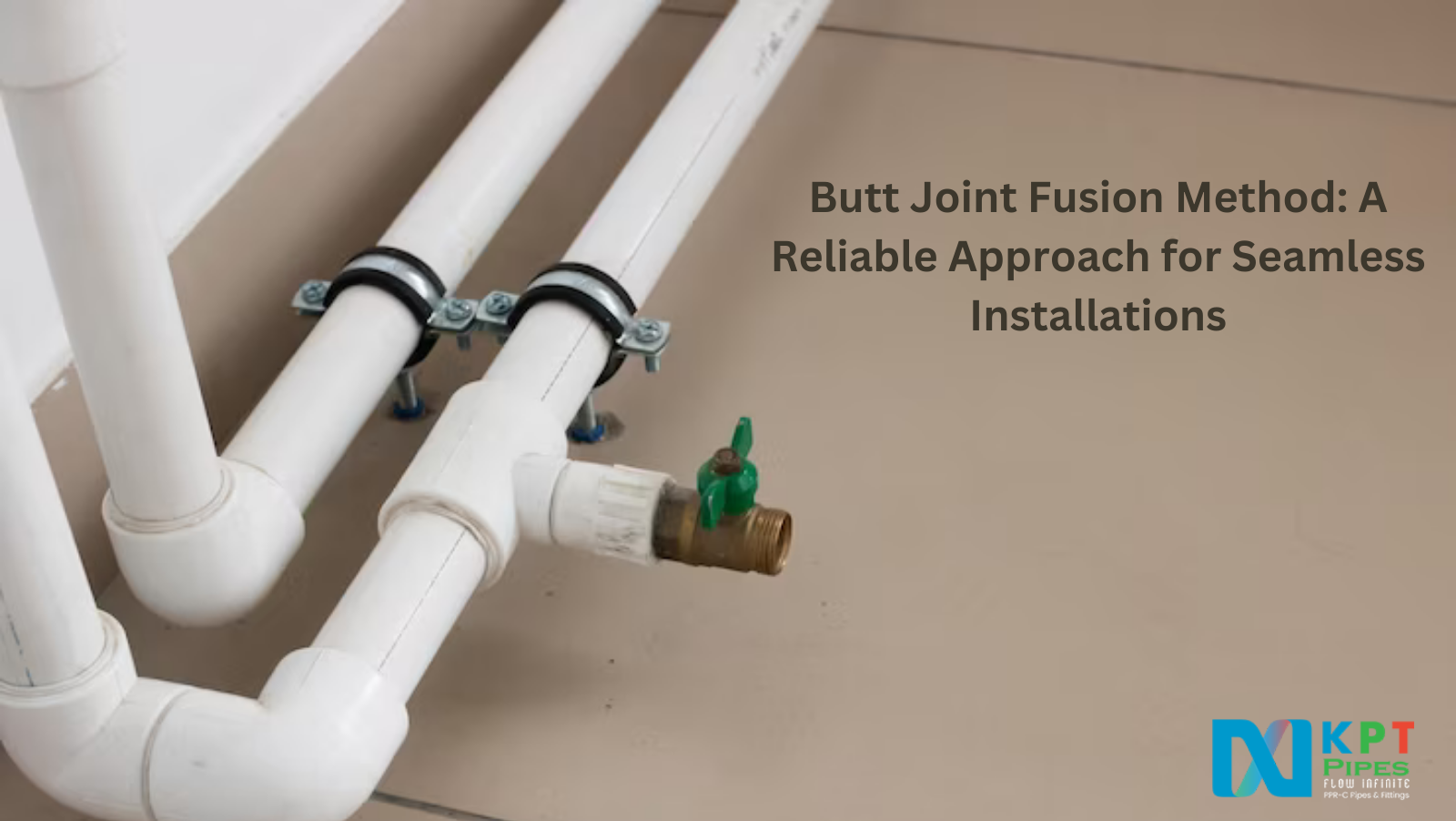
16 Aug Butt Joint Fusion Method: A Reliable Approach for Seamless Installations
When it comes to joining two materials to create a sturdy and seamless connection, the butt joint fusion method emerges as a preferred choice. This technique is widely used in various industries, including manufacturing, construction, and plumbing, due to its ability to deliver robust connections without the need for additional fasteners or connectors. In this blog post, we will delve into the butt joint fusion method, exploring its benefits, applications, and steps for successful implementation.
Understanding Butt Joint Fusion
The butt joint fusion method involves joining two materials, typically thermoplastics, by melting their edges and fusing them together. This process creates a strong and continuous bond that is highly resistant to leakage, and external stresses. The fusion can be achieved through various techniques, including heat fusion and solvent fusion, depending on the specific materials and applications.
Benefits of Butt Joint Fusion
- Seamless Integration: One of the primary advantages of the butt joint fusion method is its ability to create seamless connections. The absence of external connectors or fasteners reduces the chances of weak points in the joint, enhancing overall structural integrity.
- Leak Resistance: Butt joint fusion results in a homogenous bond, eliminating the risk of leaks that often arise from traditional mechanical fasteners or adhesives. This makes the method particularly suitable for applications where fluid or gas containment is crucial.
- Corrosion Resistance: The fusion process ensures that there are no gaps or exposed edges that could be susceptible to leakage. As a result, installations made using butt joint fusion tend to have a longer service life and require less maintenance.
- Aesthetic Appeal: The absence of visible connectors or joints adds to the aesthetic appeal of installations, making them look cleaner and more professional.
Applications of Butt Joint Fusion
- Piping Systems: Butt joint fusion is extensively used in the installation of piping systems for transporting water, chemicals, and gases. It ensures leak-free connections in demanding environments.
- Plastic Fabrication: In industries like automotive, aerospace, and electronics, butt joint fusion is employed to create complex plastic components with precise dimensions and strong connections.
- Geomembranes and Liners: Butt joint fusion is a common technique in the construction of geomembranes and liners for environmental containment, such as landfills, ponds, and reservoirs.
- Sheet Welding: Plastic sheets used in various applications, such as roofing, cladding, and signage, can be seamlessly joined using butt joint fusion.
Steps for Successful Butt Joint Fusion
- Surface Preparation: Ensure that the surfaces to be fused are clean, dry, and free from contaminants. Proper preparation is crucial for achieving a strong bond.
- Alignment and Clamping: Align the edges of the materials to be fused precisely and secure them in place using clamps or fixtures. Accurate alignment prevents uneven melting and ensures a uniform connection.
- Heat Application: Apply controlled heat to the joint using specialized equipment, such as a hot plate or fusion machine. The heat melts the material’s edges, allowing them to fuse together.
- Cooling and Solidification: Once the materials have been properly fused, allow them to cool and solidify. Avoid any movement or disturbance during this phase to prevent weakening of the joint.
- Quality Inspection: Conduct a thorough quality inspection to ensure the integrity of the joint. Check for any visible defects, irregularities, or voids that could compromise the connection.
Conclusion
KPT Pipes butt joint fusion method stands as a reliable and versatile approach for creating seamless and robust connections between thermoplastic materials. Its wide-ranging benefits, including leak resistance, and aesthetic appeal, make it a favored choice across various industries. By following the proper steps and guidelines, practitioners can harness the power of butt joint fusion to achieve long-lasting and high-quality installations that meet stringent performance requirements.




